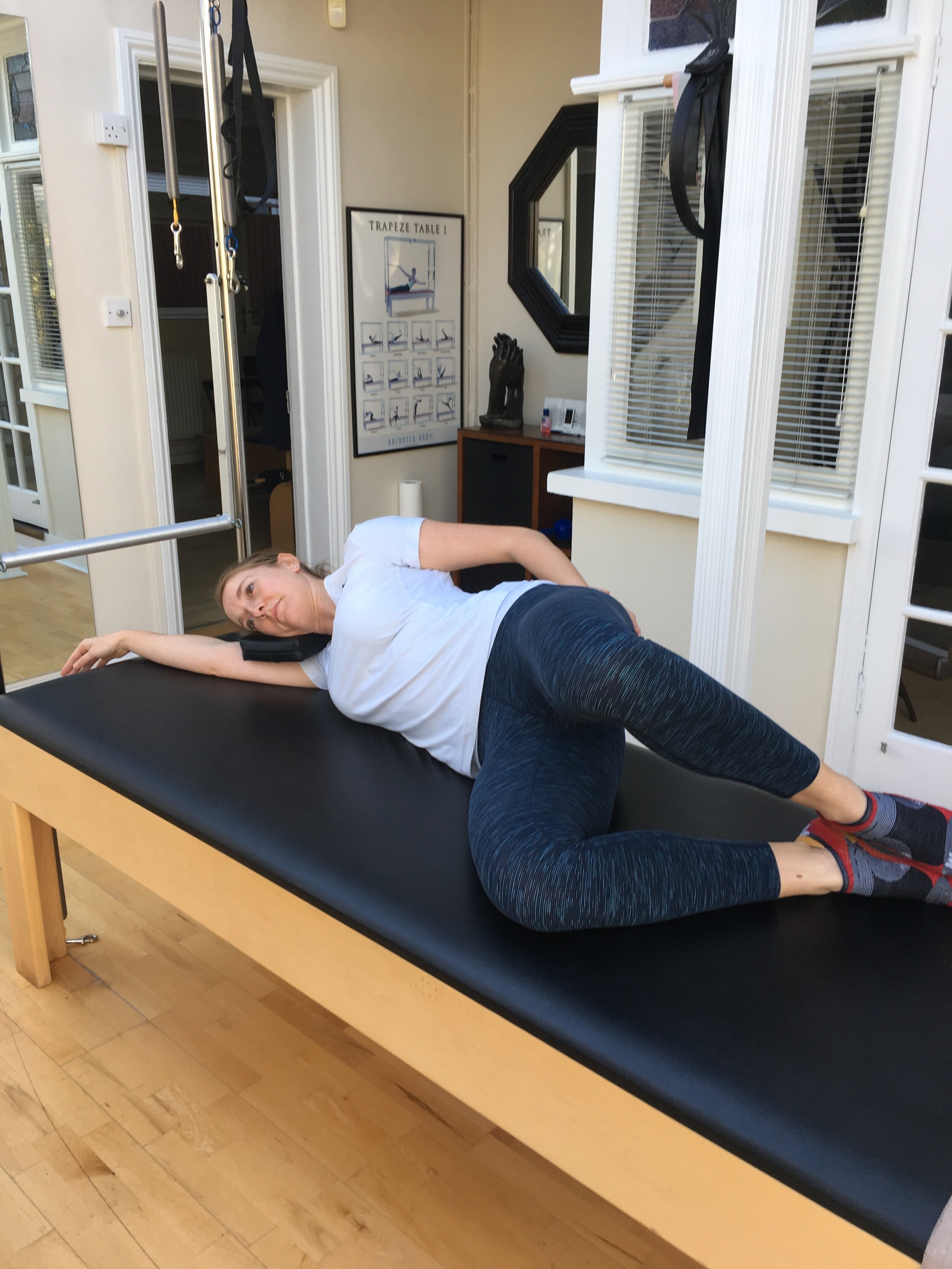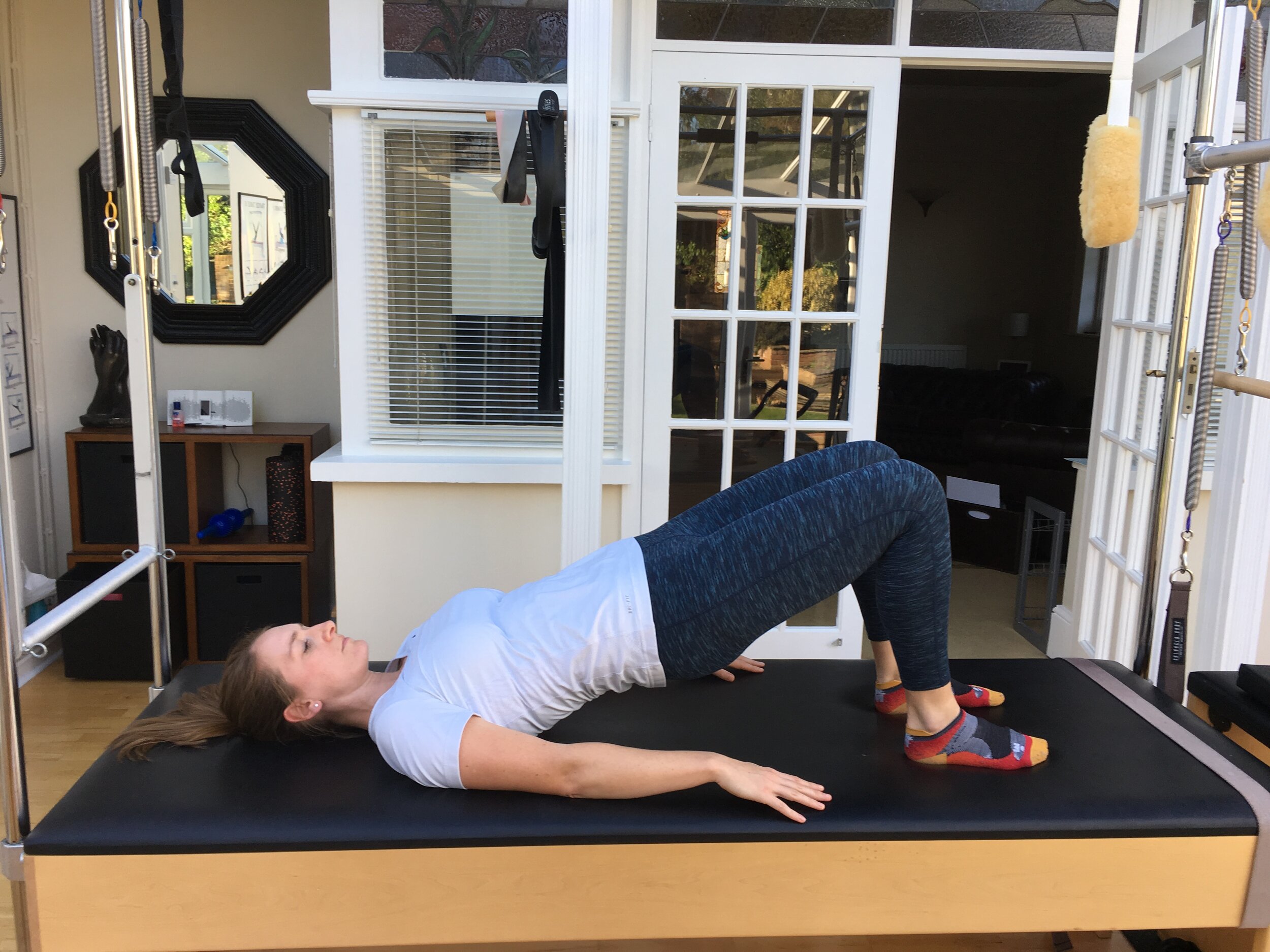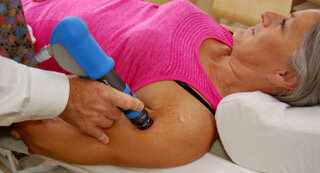As an osteopath specialised in perinatal, I see a lot of mum at my practice often wondering if the symptoms they are experiencing post birth are normal or not, and what to do about it. Here is a little list (non-exhaustive) of the most common symptoms you may experience during the first few weeks postnatal and how you can support your recovery.
Your body went through massive changes during pregnancy and delivery both physically and at a hormonal level. It is therefore normal to experience some of the following symptoms the first weeks postpartum. However, if you are experiencing those for longer or if you are concerned, speak to your healthcare provider.
Birth to 6-8 Weeks After Delivery
o You are tired and generally not feeling like yourself yet.
o Stitches and tissue tears may feel tender.
o Your post birth bleeding should have ceased (see my post about bleeding post birth)
o You may be a little fearful of or cautious when performing bowel movements.
o You may have difficulty straightening up/standing tall especially if you birthed via C-Section.
o Your C-Section scar is still healing and may be tender. You will have to modify getting up and down from the sitting and lying down positions.
o Your pelvis might be feeling tight or you might feel some pressure down your pelvis.
o Your abdominal may feel loose and unsupported.
o Your muscle may be tight and achy especially around your hips, shoulders neck and backs of your thighs.
o You may have some degree incontinence – urinary, gas or faecal.
o You may have difficulty mentally connecting to your Pelvic Floor muscles.
o You might be experiencing some tightness and ache in your upper body due to the demands of breastfeeding
o You might experience symptoms caused by low oestrogen post birth (achy joints, hot sweats at night, reduced muscle strength, vaginal dryness).
What to do?
o Rest as much as possible as your body needs time to recover. Sleep/rest when your baby sleeps during the day as sleep during the night will be limited as your breastfeeding hormone is highest overnight.
o No lifting anything heavier than your baby
o Nourish your depleted body through high level optimum nutrition
o Avoid constipation (eat fibrous foods and drink plenty of water.)
o Avoid pushing or straining when passing bowels (use a footstool to get your knees higher than your hips then lean forward with your arms on the thigh, mimicking a deep squatting posture. Exhale through the mouth like blowing out a candle)
o Begin gentle stretching
o Ultimately , start reconnecting gently to your body especially your Pelvic Floor.
8+ Weeks Post Delivery
o Your Post Natal bleeding should have stopped or the flow reduced considerably and the colour of your discharge become very light. If this isn’t the case, please seek advice from your Health Care Professional.
o You should be generally pain free but your C-Section scar might be tender or be painful if you over exert yourself. The area around the scar might also be numb.
o Your bowel movements should be easier and have returned to a normal rhythm.
o Your pelvis may still be feeling tight.
o You may still be experiencing some degree of incontinence – urinary, gas and possibly faecal.
o You may still have difficulty connecting to your Pelvic Floor muscles.
What to do?
o If you are still feeling tired, check with your Health Care Professional whether you need to take an Iron Supplement.
o Continue to nourish your body with high level optimum nutrition and ensure you include high quality Vitamins and Mineral Supplements in your diet and also supplement with Omega Fish Oils.
o Keep well hydrated with water and herbal teas.
o When given the go-ahead start exercising according to your level of recovery. If you return to exercise too hard & fast you may bring on symptoms of vaginal heaviness (potential prolapse), bladder leakage or pain. Listen to your body and don’t ignore or push through any symptoms.
o Include a regular stretching programme.
o Take advantage of ANY opportunity to rest.
o Prioritise your self-care and the care of your baby, housework and the rest of life can wait until you get your energy and strength back.
o Book your postnatal check up with your perinatal specialist osteopath (see my post about “seeing an Osteopath after childbirth”)
Postnatal osteopathic treatment is an effective way to support your body recovery after giving birth as well as help your body to adjust to its new demands (breastfeeding, lifting and carrying a baby…). In my next post, I will talk about simple exercises you can do directly after giving birth to start your recovery.
Written by Sabrina Peyandane Osteopath and cranial osteopath






















